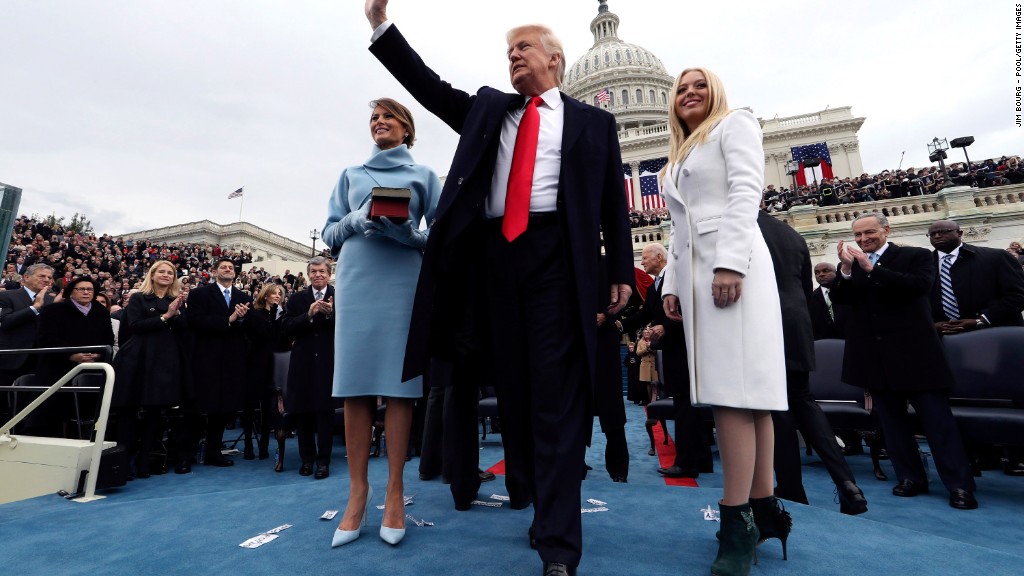
The new U.S. administration has promised to put the U.K. at the front of the queue for a trade deal.
Prime Minister Theresa May will seize the opportunity when she meets President Trump for talks at the White House on Friday.
Expect warms words about a win-win deal that will benefit both economies and create jobs.
But here are four reasons why an agreement is far from certain, and will take years to achieve.
1. America first, or Global Britain?
Both leaders say they want more trade -- but on their own terms. Both have distanced themselves from much bigger and established trading relationships, while promising to put national interests first.
Trump on Monday signed an executive order abandoning the Trans-Pacific Partnership, a trade agreement with 11 countries, including Japan. And he said Sunday he would start renegotiating NAFTA -- the agreement that covers trade with Mexico and Canada. He's also threatened China with tariffs.
May is about to start negotiating the U.K.'s exit from the European Union, Britain's biggest trading partner. She confirmed last week that Brexit would mean leaving the EU free trade zone as she seeks to build a "Global Britain."
"Concluding a substantial trade deal that could significantly improve U.K. market access to a much bigger and increasingly protectionist U.S. might not be that easy for the U.K.," warned Berenberg's chief economist Holger Schmieding.
2. A lopsided relationship
The two countries did about $235 billion in trade in 2015, according to the latest annual data from the U.S. Bureau of Economic Analysis. But the relationship is far more important to Britain than to America.
Only about 5% of U.S. annual trade of $5 trillion is with the U.K., making it the 6th largest U.S. trading partner behind China, Canada, Mexico, Japan and Germany.
Related: These are America's top trading partners
By contrast, the U.S. is the second biggest market for British goods and services, after the EU. Roughly 20% of all British exports go to the U.S.
This dynamic could set the countries up for a lopsided negotiation, particularly given Trump's exhortation to "buy American and hire American."
"A trade agreement with the U.K. is unlikely to be a priority for the new U.S. administration, no matter what is said at the Trump-May press conference," said Gregor Irwin, chief economist at the strategic advisory firm, Global Counsel. "Domestic priorities and campaign promises will always come first."
3. Waiting for Brexit
Britain cannot legally begin negotiating any of its own trade deals while it is still a member of the EU. That means the start of formal talks on an American-British deal would be at least two years away.
"The U.K. may choose to ignore that, but it means further souring the relationship with Brussels just as the Brexit negotiations are starting," said Irwin.
And the devil may be in the Brexit terms: Many American companies and banks have invested in Britain because of the access its EU membership gives to European markets. Once Brexit is complete, a bilateral deal could likely be less attractive to Trump.
Keep in mind, too, that comprehensive trade deals can often take a decade to hammer out, as was the case between Canada and the EU.
4. Missing $50 billion
There may be a much more basic problem to overcome first: both sides have different data on the value of bilateral trade.
Official U.S. data shows America sells more goods and services to the U.K. than it brings in, generating a trade surplus. U.K. data shows the opposite is the case.
The discrepancy is worth about $50 billion.
The difference in the official figures could come down to different estimates and calculations about what is included in trade. But it might explain why Trump and May seem eager to do a deal: both think they're onto a winner.


